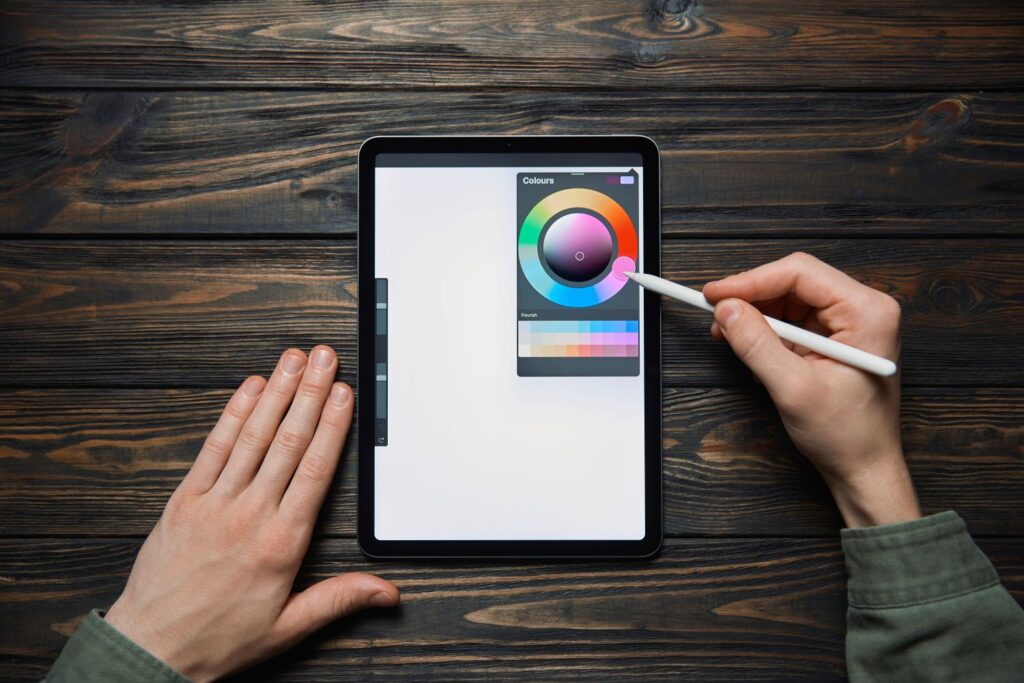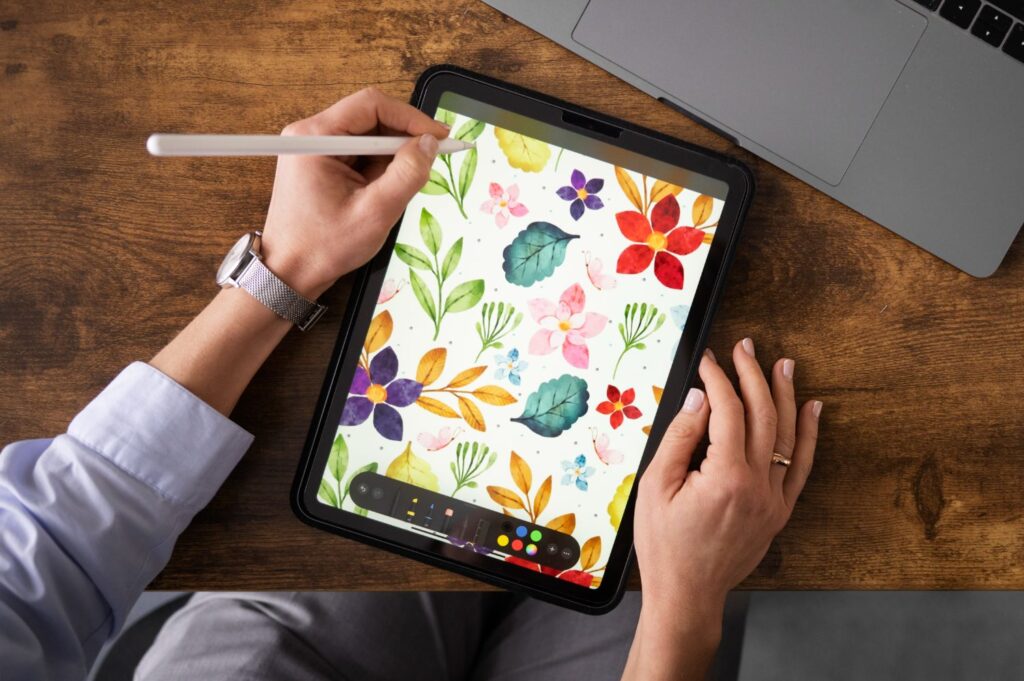Introduction: The Puzzling Nature of Procreate File Sizes
If you’ve ever found yourself immersed in the extensive world of digital art, you’re likely acquainted with Procreate. Celebrated by professional artists and hobbyists alike, it’s a go-to digital illustration app often known for its large file sizes. The question that has artists scratching their heads is this: “why are Procreate files so big?” Let’s dive right into this query, navigating the FAQ format to shed light on this perplexing topic.
What makes Procreate files so big?
The primary culprits conspiring to escalate Procreate files’ size are high-resolution canvases and the use of multiple layers. When you create art on a high-resolution canvas, it captures intricate details, but concurrently commands a hefty storage space. Similarly, as each layer forms a separate image stacked on the canvas, an incremental layer count results in sizeable files.
What are the benefits of large Procreate files?
One might wonder why artists would be willing to compromise storage for large files. The simple answer lies in the imperative perks these files bring. High-resolution Procreate files offer better print quality and more detailed work, allowing for substantial editing and manipulation without losses in quality. These files are thus capable of meeting professional standards and being reproduced at larger sizes without any hitches.
What are the drawbacks of large Procreate files?
Despite the benefits, large Procreate files are not without their drawbacks. They demand a significant portion of your device’s storage, potentially hampering the iPad’s performance and limiting the number of projects that can be stored. The maneuvering and processing of larger files often take a longer time, thus impacting the workflow, and there is a restriction on layer count in large files. Lastly, transmitting these large files for collaboration or exports can also pose a challenge due to their size.
How does Procreate layer count affect the file size?
Native to Procreate’s design philosophy is the allowance for layering, marking a pivotal shift from the traditional two dimensions. However, each layer embodies a separate image and consequently increases the file size significantly. This means the fewer the layers, the smaller the file size, and vice versa.
What about the resolution – How does that impact file size?
Resolution plays a vital role in determining the size of the Procreate files. A higher resolution indicates more pixels per inch (PPI), which implies an increase in the detail captured. However, this detailed rich art comes with a storage catch, making the file larger. Therefore, while a high-resolution canvas can edge the quality of your art upwards, it can similarly drive up the file size.
How can I manage Procreate’s large file sizes effectively?
If you’re finding yourself at odds with your iPad’s storage warnings, it might be time to learn some effective management strategies. Firstly, merging and flattening your Procreate layers wherever possible can ease the storage burden. Secondly, maintaining a conscious choice of canvas resolution based on the necessity of detail can hold decisive control over file size. Regularly cleaning up unused or completed files can free up vital storage space. Lastly, choosing appropriate file formats to export can determine the degree of compression, hence controlling the file size.
Conclusion
To conclude, while the subject of “why are Procreate files so big” may seem daunting, with a little understanding, it gets easier to navigate. Though larger file sizes are a by-product of high-quality art, effective strategies offer a means to manage and control them, ensuring you can continue to use Procreate to channel your creativity without being throttled by storage issues.
Please remember, the creation process should ideally be fluid and enjoyable, and understanding these technical aspects helps guarantee that’s the case. After all, becoming a digital maestro is never just about wielding the digital brush – it’s about managing the canvas – in this case, the Procreate files – as well.





